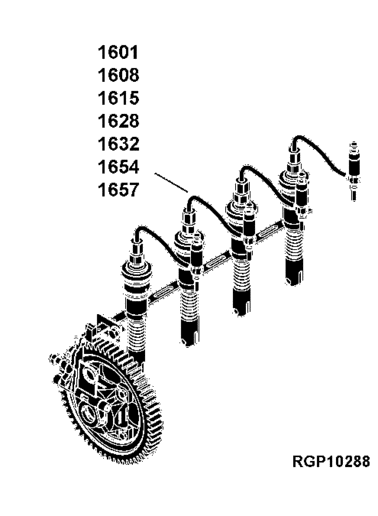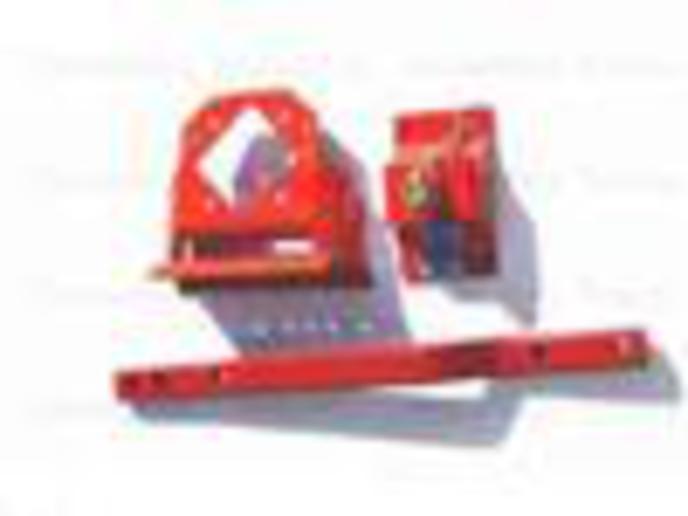SHOOTER22250
New User
I have a John Deere 4024 Tier 2 engine (I think, 2006 EPA sticker) with about 1600 hours that was given to me. I have gotten it to run and it sounds good from what I can tell.
The problem I have with it is there is no throttle response. When started it jumps to full rpm or maybe move. I kill it as the rpm's surpass the 3000 rpm limit.
By taking the throttle cover off, I can manually manipulate the rack and vary the engine speed so I am assuming the problem is not with the rack itself. I have a service manual that is pretty extensive but having never delved into a diesel fuel system before it is a a bit confusing.
From reading the manual and looking at the pictures everything behind the cover (linkage to the governor & throttle) looks correct and in place. I can see the gear the governor is attached to but cannot see the governor itself.
My question is if the engine was over revved somehow could it have caused the governor to lock up and cause the throttle to become non responsive and cause it to run wide open or could it be another problem?
Before I take the front cover off and check and or replace the governor I'd like to get an opinion if that would be correct action to take or if maybe it could be something else.
I thank you in advance.
The problem I have with it is there is no throttle response. When started it jumps to full rpm or maybe move. I kill it as the rpm's surpass the 3000 rpm limit.
By taking the throttle cover off, I can manually manipulate the rack and vary the engine speed so I am assuming the problem is not with the rack itself. I have a service manual that is pretty extensive but having never delved into a diesel fuel system before it is a a bit confusing.
From reading the manual and looking at the pictures everything behind the cover (linkage to the governor & throttle) looks correct and in place. I can see the gear the governor is attached to but cannot see the governor itself.
My question is if the engine was over revved somehow could it have caused the governor to lock up and cause the throttle to become non responsive and cause it to run wide open or could it be another problem?
Before I take the front cover off and check and or replace the governor I'd like to get an opinion if that would be correct action to take or if maybe it could be something else.
I thank you in advance.









